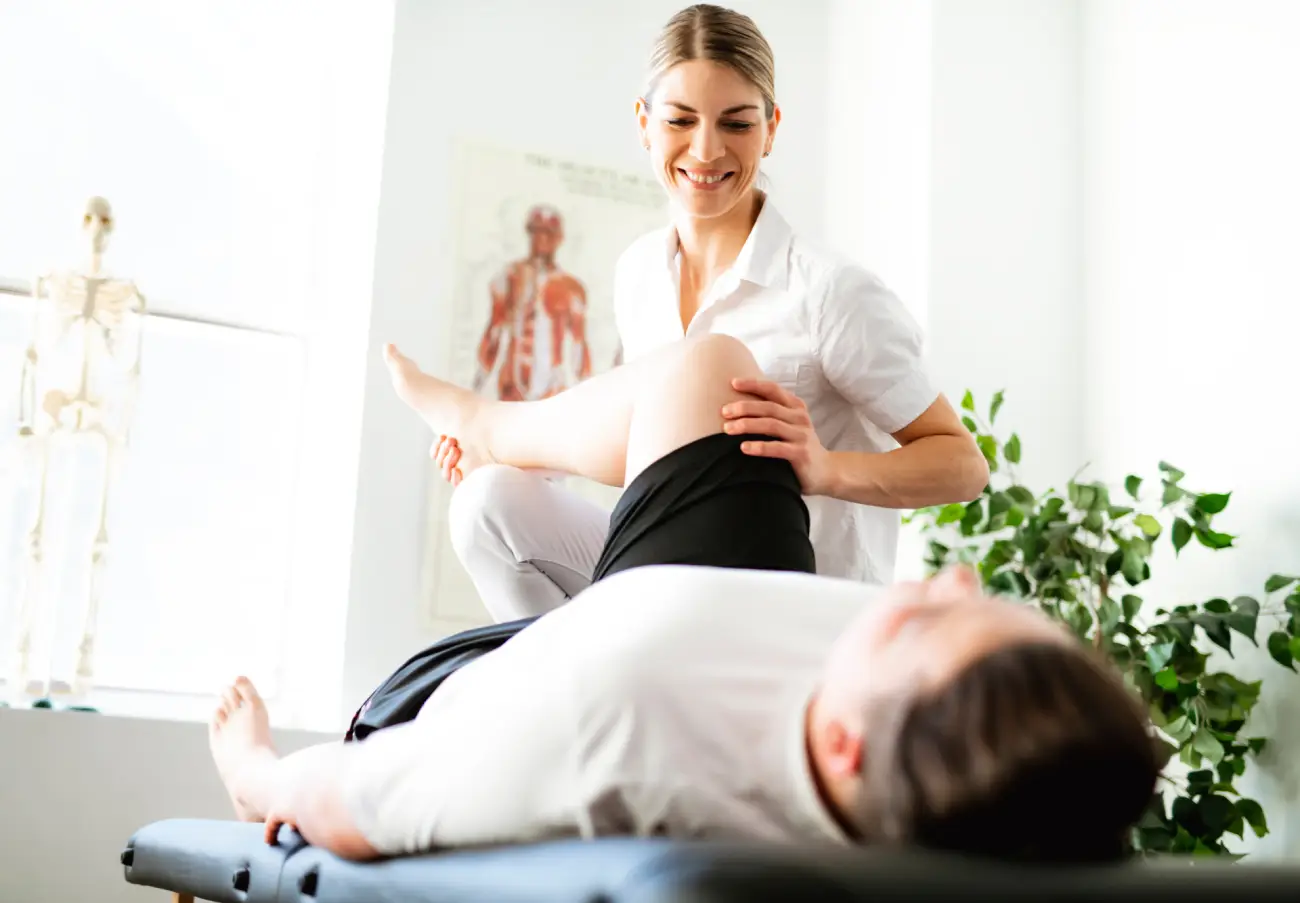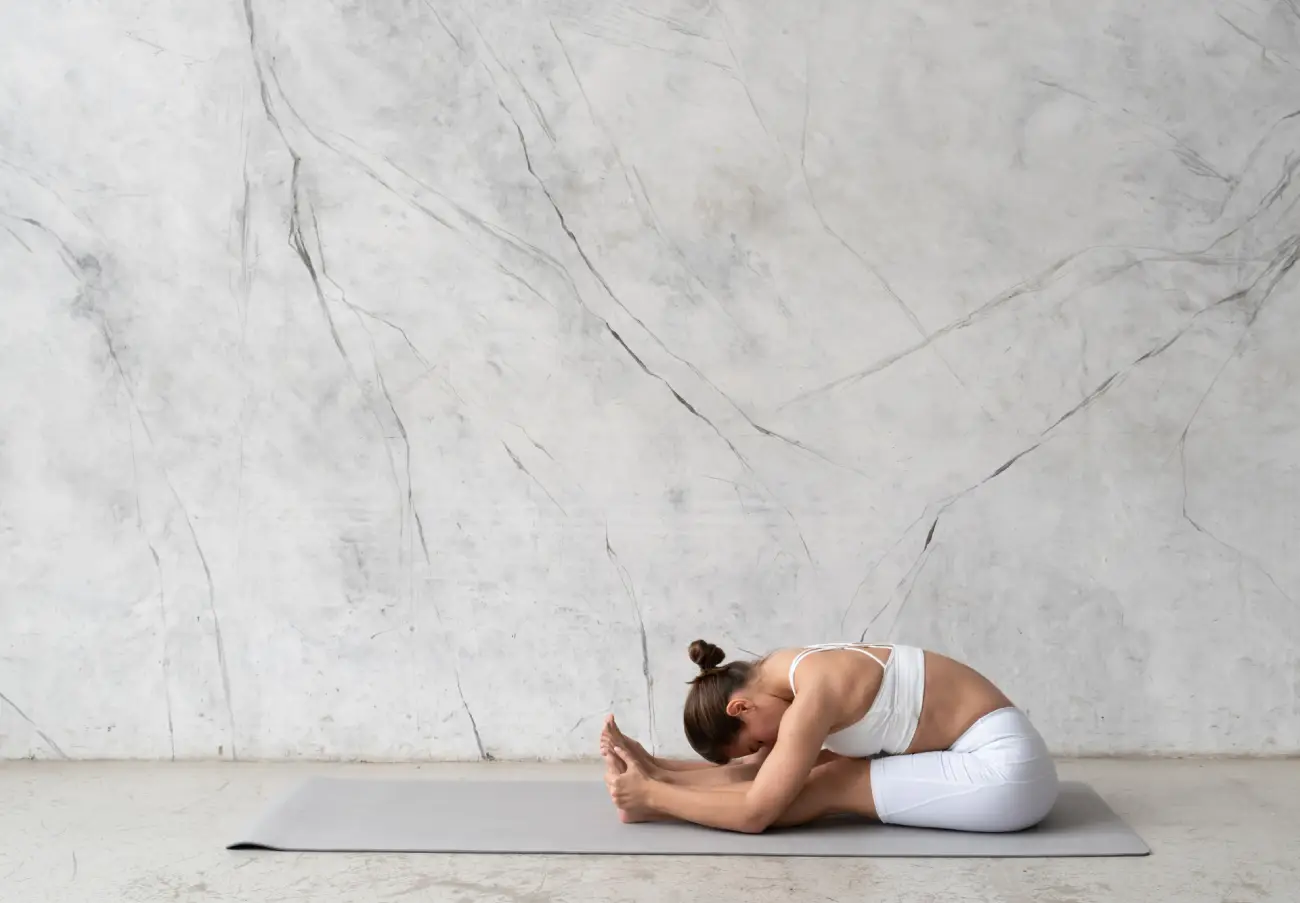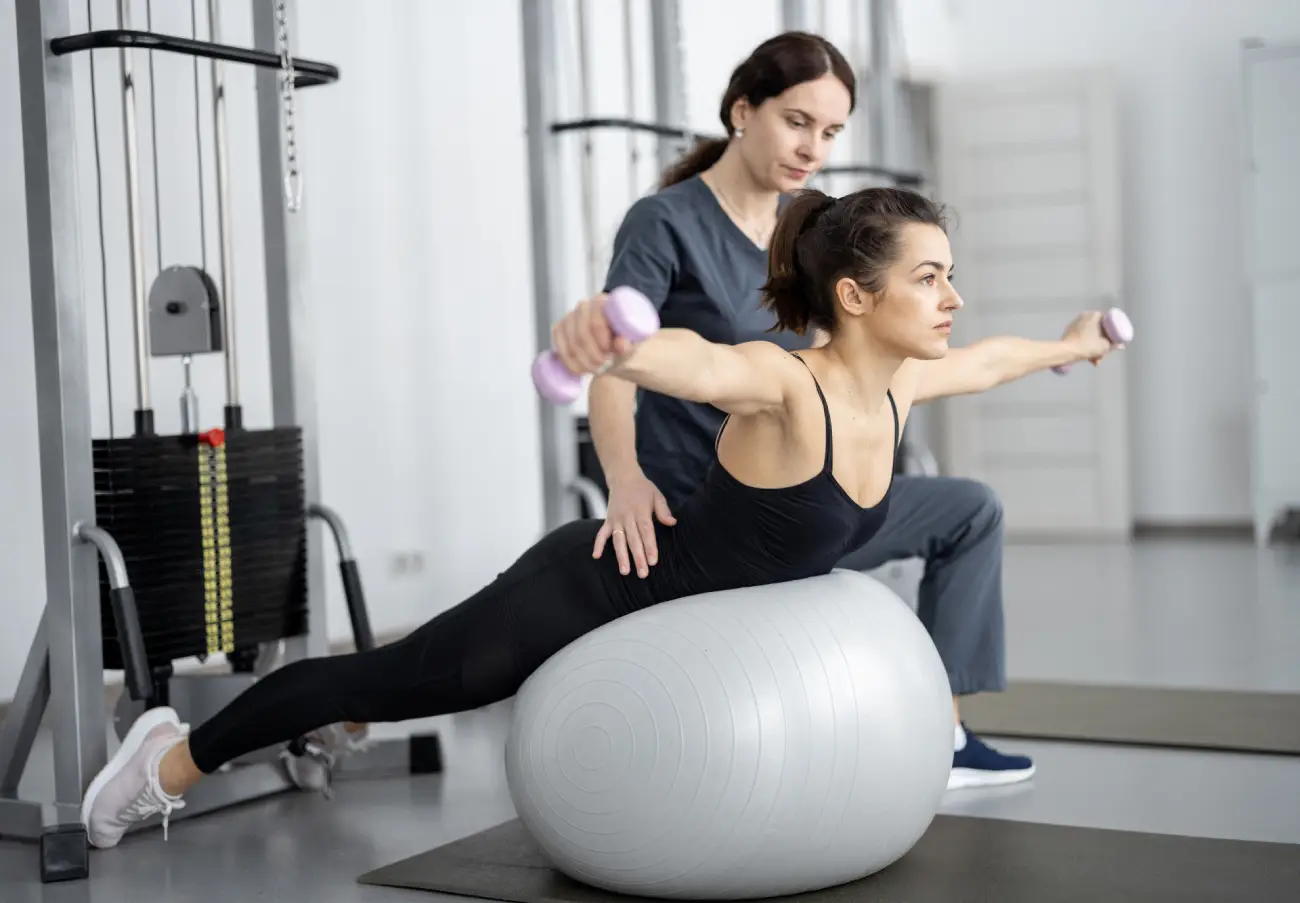
Hypermobility is a term you may have come across, but what exactly does it mean for your health and everyday life? If you’re someone who can easily touch your toes or bend your fingers back as a party trick, you might have hypermobile joints. Let’s break down what hypermobility is, how it can affect you, and how physiotherapists assess and manage it to help you feel your best.
What Is Hypermobility?

In simple terms, hypermobility refers to the ability of your joints to move beyond their normal range of motion. Some people are born with looser ligaments, tendons, and other connective tissues around their joints, making it easier for the joints to stretch further than usual. While this may sound like a gift, it’s not always beneficial.
The Impact of Hypermobility on Your Body
Although hypermobility might seem like a fun party trick, it can sometimes lead to discomfort, pain, and an increased risk of injury. The extra movement in the joints places additional stress on the muscles and ligaments that are trying to stabilise them. This can cause muscle fatigue, instability, and even chronic pain.
Common symptoms associated with hypermobility include:
– Joint pain or stiffness, particularly after activity
– Frequent dislocations or subluxations (partial dislocations)
– Fatigue as muscles have to work harder to stabilise the joints
– Muscle weakness due to overcompensation by muscles surrounding hypermobile joints
Interestingly, hypermobility can vary from person to person. For some, it might only affect a few joints (like the fingers or knees), while for others, it can impact many joints in the body. This is referred to as Generalised Hypermobility.
The Beighton Score: Measuring Joint Laxity

To assess for hypermobility, physiotherapists can use the Beighton Score, a simple tool that measures how flexible your joints are. It involves a series of movements that test the range of motion in different areas of the body. Here’s how it works:
- Passive dorsiflexion of the pinky fingers: Can you bend your pinky back beyond 90 degrees?
- Passive hyperextension of the elbows: Can you straighten your elbows beyond 180 degrees?
- Passive hyperextension of the knees: Can you extend your knees beyond a straight line?
- Forward bend: Can you touch the palms of your hands to the floor with your legs straight?
- Elbow flexibility: Can you bend your thumb back to touch your forearm?
The Beighton Score ranges from 0 to 9, with a higher score indicating greater hypermobility. A score of 4 or more generally suggests generalised hypermobility.
The 5-Part Questionnaire: A Deeper Dive
In addition to the Beighton Score, there is also the 5-Part Questionnaire is another tool used by healthcare professionals to assess how hypermobility affects your everyday life. It’s particularly helpful for identifying whether hypermobility is causing issues beyond just flexibility. The questionnaire covers:
- Can you now [or could you ever] place your hands flat on the floor without bending your knees?
- Can you now [or could you ever] bend your thumb to touch your forearm?
- As a child, did you amuse your friends by contorting your body into strange shapes or could you do the splits?
- As a child or teenager, did your kneecap or shoulder dislocate on more than one occasion?
- Do you consider yourself “double-jointed”?
Answering yes to 2 or more of these questions suggests hypermobility (sense 85%, spec 90%)
It was tested and designed as an alternative to the Beighton score. If you answer ‘yes’ to two or more of the questions, it strongly predicts a Beighton score of 4 or more, 4 being the cut-off point in criteria at the time the questionnaire was published.
How Does Hypermobility Affect Your Life?
The effect hypermobility has on a person’s daily life can vary. For some, it might be a minor inconvenience with just a few joints affected, like the fingers or knees. For others, it can be more debilitating, affecting multiple joints and leading to chronic pain or instability.
In Australia, research suggests that around 10-20% of the population has some form of hypermobility, with women being more likely to experience it than men. Hypermobility can also be linked to conditions such as Ehlers-Danlos Syndrome or Marfan Syndrome, though it can also occur on its own without any associated medical condition.
How Physiotherapists Help
If you have hypermobility and are experiencing joint pain, instability, or discomfort, physiotherapy can be incredibly helpful. A physiotherapist can design a tailored exercise program to help strengthen the muscles around your hypermobile joints, improve stability, and reduce pain. Common treatments include:
– Strengthening exercises to support hypermobile joints
– Proprioception training to improve joint awareness and control
– Postural training to reduce stress on hypermobile joints
– Manual therapy to relieve pain and discomfort
Physiotherapists also help individuals with hypermobility prevent injuries by teaching them proper body mechanics and strategies for staying active without over-stretching the joints.
Final Thoughts
While hypermobility can be advantageous in some ways—such as increased flexibility—it’s important to consider its impact on your joints and overall health. If you suspect you have hypermobility or are dealing with related pain or discomfort, consulting with a physiotherapist is a great step. Whether it’s performing a Beighton Score assessment or providing a custom rehabilitation plan, physiotherapists are equipped to help you manage hypermobility effectively.
Remember, flexibility is wonderful, but joint health and stability are even better!
